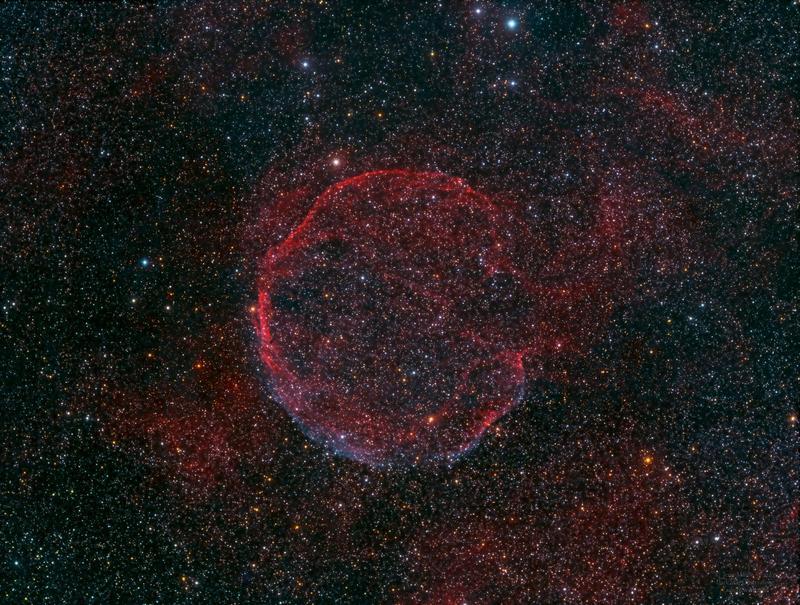SUPERNOVA RUPTURE
SUPERNOVA RUPTURE
Today, using NASA’s Hubble Space telescope, scientists are investigating the exact time of the star’s explosion and its location.
A long time ago, the victim exploded in the Small Magellanic Cloud, a satellite galaxy of the Milky Way, leaving behind a gaseous corpse. It was named 1E0102. 2-7219. These remnants were first discovered at NASA’s Einstein Observatory in X-rays.
45 oxygen-rich emissions from the supernova were measured by John Banovetz and Danny Milisavljevic of Purdue University in West Lafayette in Indiana. Notably, ionized oxygen is much easier to spot, as it glows in the light.
What did the scientists do to calculate the exact time of the explosion? They selected 22 fast-moving clumps and determined that they were least likely to slow down as they passed through interstellar material. Now they are looking at the movement of the nodes back to a certain point. This will allow you to determine the specific location of the explosion and the time.
According to approximate estimates of experts, light reached the earth 1700 years ago. Unfortunately, this was only seen by people from the Southern Hemisphere, and no record of it remains.
There is no specific time defined by scientists. Someone in their research says that the explosion took place 2000 years ago, someone claims that it was 1000 years ago. And all of them are confident in the correctness of the results of their research.
As for Milisavljevic and Banovetz, they are completely confident in the correctness and accuracy of their research, since they compared clear photos with a difference of 10 years, from the same camera, unlike other scientists who took photos with a difference of a year or two.
In addition, the telescope managed to find a neutron star ejected after the explosion. Scientists believe that the speed was about two million miles per hour.This star was found thanks to the telescope of the European Southern Observatory in Chile and research data from NASA’s Chandra X-ray Observatory.
According to Banowetz, the motion of a neutron star is too fast, and most likely it is not a neutron star at all. In his study, he claims that it is just an illuminated small clot of a supernova ejection.
Therefore, the search for a neutron star is not yet complete. In his words, Banovetz mentioned that in their study they only roughly calculated its speed. The work itself will be presented on January 14 at the winter meeting of the American Astronomical Society.
In modern astronomical research, the Hubble space Telescope plays a huge role - the work of two huge and influential organizations, NASA and ESA. Many different scientific institutes and space centers use it for their research. Thanks to this development, we can uncover the secrets that existed long before our era and open the veil of our future. We hope that we will get closer to this in the very near future.
Be the first to post a message!
